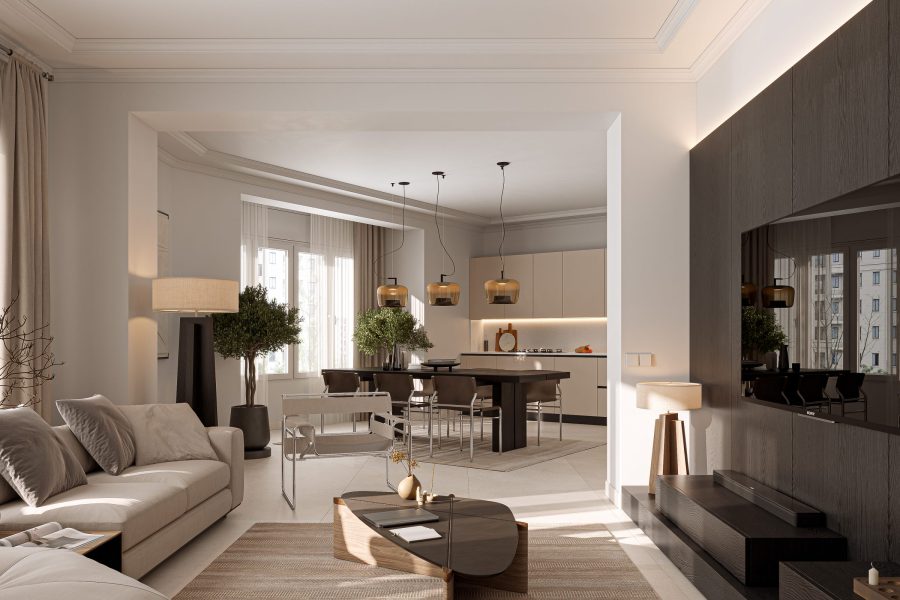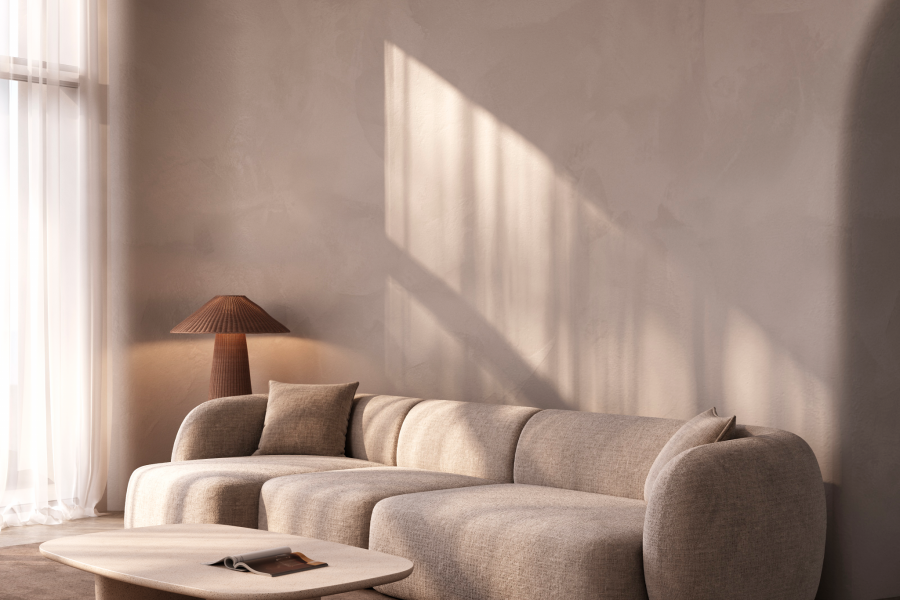3D Architectural Visualization
Our love for detail redefines the boundary between your imagination and reality
Immediate start – Delivery in 10 days

Cutting-edge technology, precise execution, fast turnaround. We craft linear, easy-to-follow presentations for residential and commercial projects with hyper-real results
Your visual challenges deserve a vision that truly hits the mark. We craft visual strategies that elevate your project to excellence
Every render is born from a strategic vision, refined over years of practice, where technical precision and signature design converge to turn your project into a timeless experience
Outsource to scale
Outsource your visualisation and free your team from operational tasks.
We handle modelling, lighting and materials, assigning you a dedicated project manager for quality control; you set the direction, we execute with firm deadlines.
Project development
Skip the heavy lift. We take full ownership of render development, from material setup and lighting to model refinement, so your team can stay focused on design and delivery.
Architectural presentation
Ideal for renovations, competitions, and client boards. Clear composition, photoreal views, and believable scale help stakeholders understand the design fast. Go-to-market assets.
Pitch to investors
Launch-ready stills, animations, and tours that drive presales, lift investor presentations, and secure buy-in.
Delegate to scale
Outsource your visualisation and free your team from operational tasks.
We handle modelling, lighting and materials, assigning you a dedicated project manager for quality control; you set the direction, we execute with firm deadlines.
Project development
Skip the heavy lift. Ideal for competitions, juries and client presentations.
Architectural presentation
Visual assets aligned with your identity, ready for web, dossiers and competitions. Clear composition, photoreal views, and believable scale help stakeholders understand the design fast.
Go-to-market assets
Presentations built for decision-makers: consistent images, straightforward data, and timelines that show each stage.
Every image is born to push the boundaries of realism and unveil the essence of your project
Every architectural idea begins as an emotion; a sense of space, light, and possibility. 3D architectural visualisation gives form to that feeling, transforming abstract plans into immersive, photorealistic experiences that can be seen, felt, and imagined.
But beyond its visual beauty, 3D visualisation becomes a language, one that helps architects make confident decisions, investors see potential, and clients connect emotionally with spaces that don’t yet exist.
Lighting studies and advanced texturing ensure that architectural renders rigorously reflect materials, proportions and construction solutions, supporting decision-making in preliminary design, competitions and technical presentations.
High-impact exterior visualisation
Millimetre precision and cutting-edge technology to bring your project to life.
High-impact exterior visualisation
Millimetre precision and cutting-edge technology to bring your project to life.
Do you need 3D renders for your project?
Get your quote within 24 hours

A Complete Visual Journey
Workflow, made effortless
01
Brief intake and file check
We receive floor plans (CAD or PDF), material specifications, technical documentation and, if applicable, the landscaping project.
02
Camera and perspective sign-off
We select with the client the angles with the greatest narrative and commercial potential, optimizing the visual impact of the rendering.
03
Work-in-progress reviews with your project manager
We model the project in detail, taking care of geometries, textures and finishes to achieve an accurate and realistic representation.
04
Final delivery of stills, animations, or tours.
Delivery of the images in 4K resolution (3840 × 2160 px), ready for presentation, marketing or publication.
Frequently Asked Questions
What is architectural visualisation?
It is the process of turning a design brief into clear 3D visuals. We translate your drawings into credible assets: still images, short animations, or virtual tours, ready for client presentations and approvals.
What types of 3D render exist?
Interior and exterior renders, sections, exploded axonometrics, CGI animation and virtual tours.
How do I get started with a 3D exterior render?
Getting started is simple. Once we receive your plans or 3D model, we’ll analyse the project scope and provide a tailored quote. Pricing depends on the number of views, model complexity, and whether animation is included. We offer clear, tiered estimates per image or animation, ensuring transparency from the very first step.
What is 3D interior rendering?
Camera-based visualisation of furniture, finishes, lighting and atmosphere within a space.
How do generic renders differ from architectural renders?
A generic render can remain superficial. Architectural renders align with plans, materials and construction feasibility, ensuring the result is both credible and useful at every stage of the project.
What is the cost of a 3D architectural render?
Pricing depends on scope. The main factors are the number of views, the complexity of the 3D model, whether the scene is interior or exterior, and whether animation is included. We provide transparent, tiered estimates per image or per animation on request. The main factors are the number of views, the complexity of the 3D model, whether the scene is interior or exterior, and whether animation is included. We provide transparent, tiered estimates per image or per animation on request.
How long does an exterior render take?
Single exterior views are often delivered within a few days once inputs are complete. Multi-view projects are scheduled in short, planned phases and move forward at the pace of feedback.
What is the process like?
Brief → validation of cameras/perspectives → progress reviews with a dedicated project manager → final delivery (images, animation and/or tour). This approach minimises errors and keeps us aligned with your expectations.
What software do you use?
We work with industry-standard tools such as 3ds Max with V-Ray and real-time engines like Unreal where appropriate. The output is photoreal CGI and clean 3D assets suitable for presentations, marketing, and approvals.
Can you adapt to my studio’s render design?
With a ready 3D model, still images usually deliver in about 3 to 7 days. Yes — we prioritise consistency with your visual identity and technical documentation, ensuring architectural renders that respect proportions and detail.
What are the benefits of outsourcing architectural renders?
Additional capacity without overloading your internal team, predictable timelines and consistent quality in every 3D architectural render — while maintaining your creative control.





